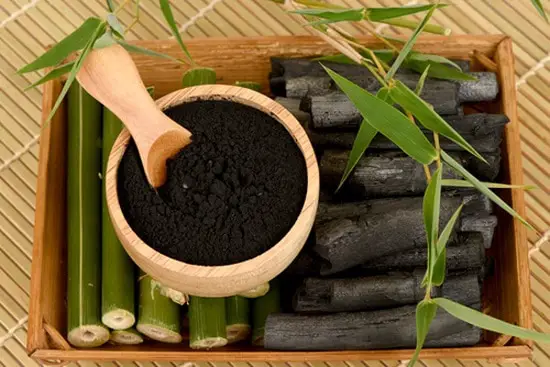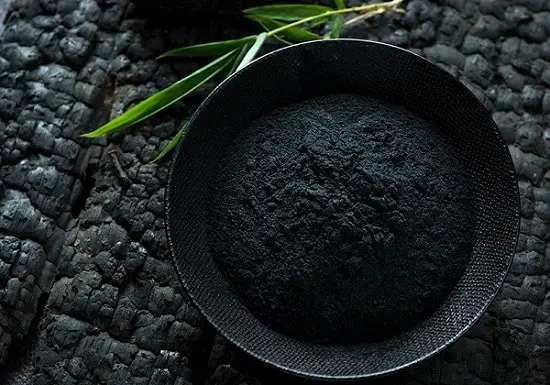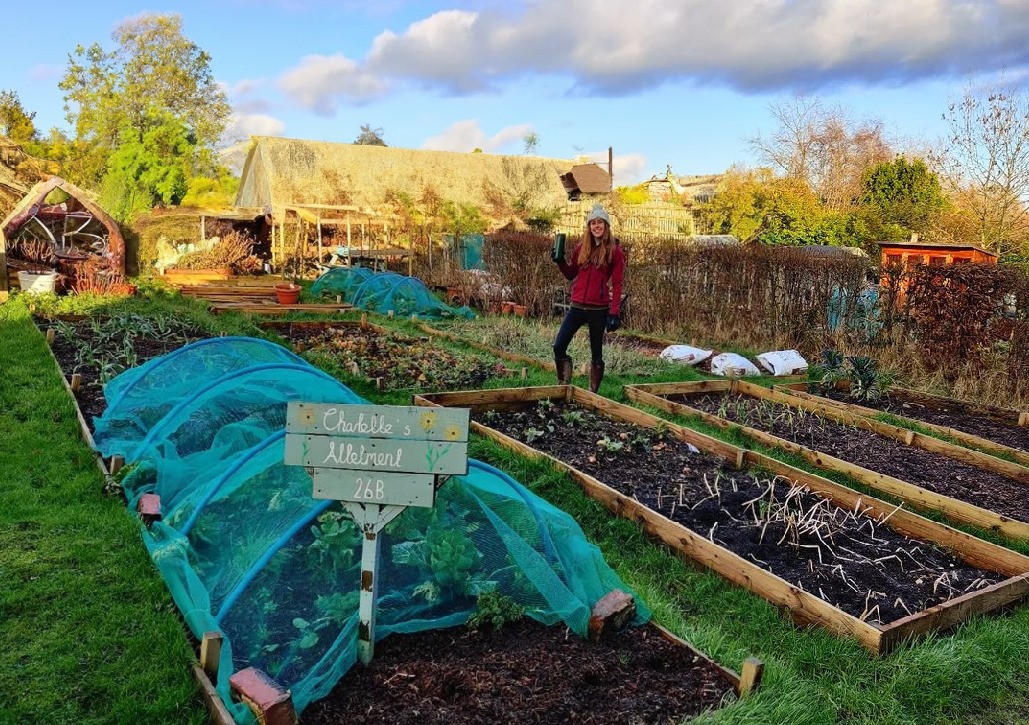Want to have the most productive and disease-free garden, indoors and outdoors? Use Activated Charcoal For Plants!

As they say, prevention is better than cure. In gardening, taking proactive measures can save you time, effort, and frustration. One such measure is incorporating activated charcoal into your indoor and outdoor gardening routines. It’s easy to use, offers numerous benefits, and can transform your garden in no time. But before taking into its applications, let’s explore what activated charcoal is and how it can help your plants thrive.
What is Activated Charcoal?
Activated charcoal is a form of carbon that develops pores by undergoing a process of activation. Carbon is exposed to very high temperatures with various gases in this process. This Activation process significantly increases the surface and helps in the absorption of chemical impurities and pollutants.
Activated Charcoal is gaining popularity in the healthcare and cosmetic industry because of its ability to absorb toxins. Air purifiers, capsules, creams, gels, face masks, toothpaste, body cleansers, and soaps are used extensively.
What’s more! You’ll be surprised to know its substantial benefits in the garden soil we’re sharing below. Without wasting any more time, here is everything you need to know about using activated charcoal in the garden.
Step-by-Step Guide to Use Activated Charcoal for Plants
What you will need:
- Activated charcoal
- Tiller
- Sprinkler
- General-Purpose Fertilizer (Optional)
- Measuring Tape
Step 1
Using a measuring tape, take the dimensions and calculate the area of the planting site. Ensure that the quantity of activated charcoal is proportional to the area of the garden. One pound of activated charcoal is sufficient for about two square feet of garden area.
Step 2
Ensure the soil is dry enough for tilling but not overly dusty. Test it by squeezing a handful to form a ball. If the ball crumbles when poked, the soil is ready for tilling.
Step 3
Use a tiller to loosen the soil to a depth of 8-10 inches. Remove any roots, rocks, or debris to create a clean planting bed.
Step 4
As mentioned in the first step, spread the charcoal on the tilled garden bed as per the area. Work the soil so that the charcoal embeds well to a depth of 6-8 inches. You can also add some amount of aged manure to the topsoil for added benefits.
Step 5
The next step is to water the soil thoroughly. You can also add fertilizer to the soil before watering. As the soil now contains activated charcoal, it will absorb both water and fertilizer much more effectively.
Step 6
Leave the prepared soil undisturbed for a few days until it becomes dry enough to work with again. Once ready, proceed with planting.
Important Tips:
- Avoid using barbecue charcoal as it often contains harmful chemicals and lighter fluids that can damage plants. Its ash is also unsuitable for garden soil.
- For potted plants, sprinkle a thin layer of granular activated charcoal at the base of the pot before adding soil to improve drainage and prevent waterlogging.
Activated Charcoal Benefits in Garden

Ideal for Container Gardening
Add a layer of granular activated charcoal at the bottom of pots to improve drainage and prevent overwatering. It’s a leading cause of plant stress.
Improves Drainage
Activated charcoal makes the soil more porous. It reduces waterlogging and the risk of root rot.
Enhance Air Circulation
Improved porosity boosts airflow around roots, which aids development and overall plant health.
Absorb Excess Water
Charcoal acts as a sponge, absorbing surplus water and saving plants from drowning.
Optimizes Fertilizer Use
It absorbs nutrients quickly and releases them slowly. The use of charcoal ensures the soil remains fertile for longer periods and prevents overfertilization.
Balances Soil Acidity
As a neutralizing agent, it helps maintain an optimal pH balance for plant growth.
Long-Lasting Effects
Once treated with activated charcoal, soil benefits for years without frequent reapplications.




Can you add the powdered activated charcoal to your watering can and use it that way instead of mixing it directly into the soil?
I would also like answer to this question if anyone knows.
I too would like an answer to this as I am wondering about adding the powdered charcoal to a watering can or adding to a waterbutt.
If ,1) build the soil, use as above.
2) Already planted pots, use as a amendment to the topsoil.
Feed & water as normal, just realize the CHARCOAL will soak up your nutrients and slow the release.